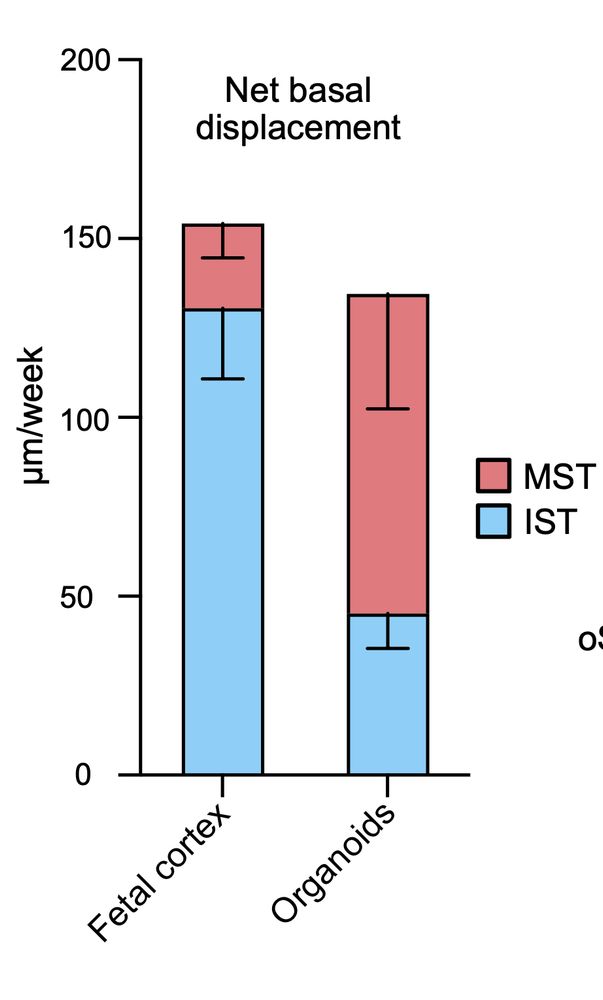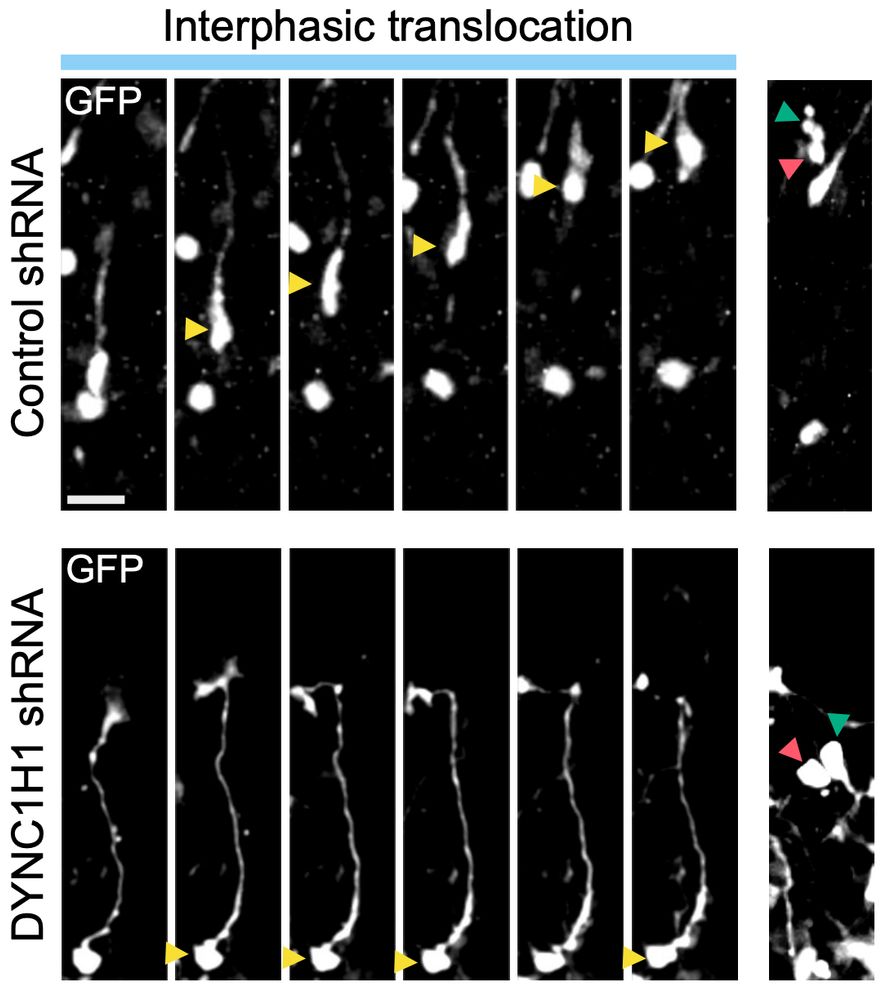
INSERM investigator. Group leader @institut_curie Paris.





What he realised is that bRG cells have two, totally independent modes of migration, for which he managed to identify the molecular mechanisms.

What he realised is that bRG cells have two, totally independent modes of migration, for which he managed to identify the molecular mechanisms.
www.biorxiv.org/content/10.1...
www.biorxiv.org/content/10.1...

